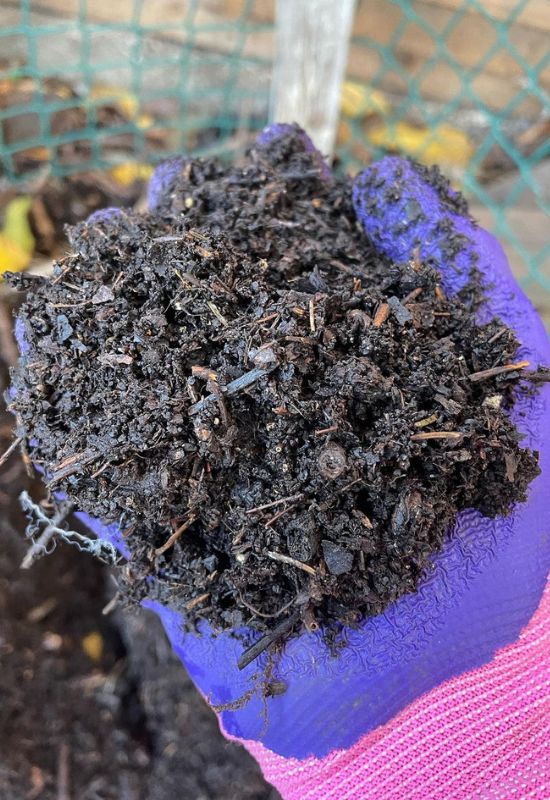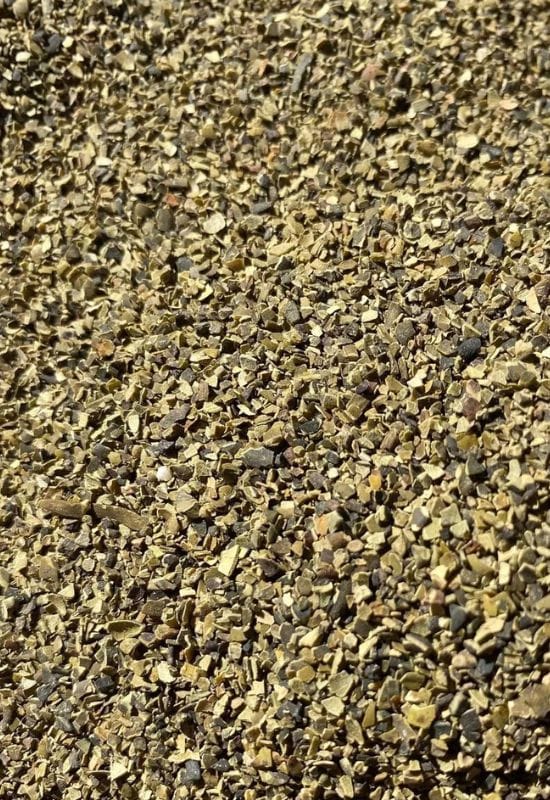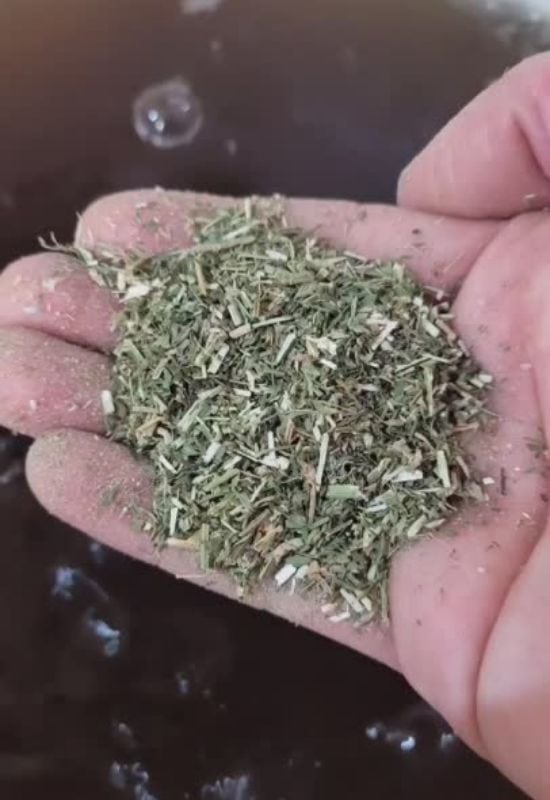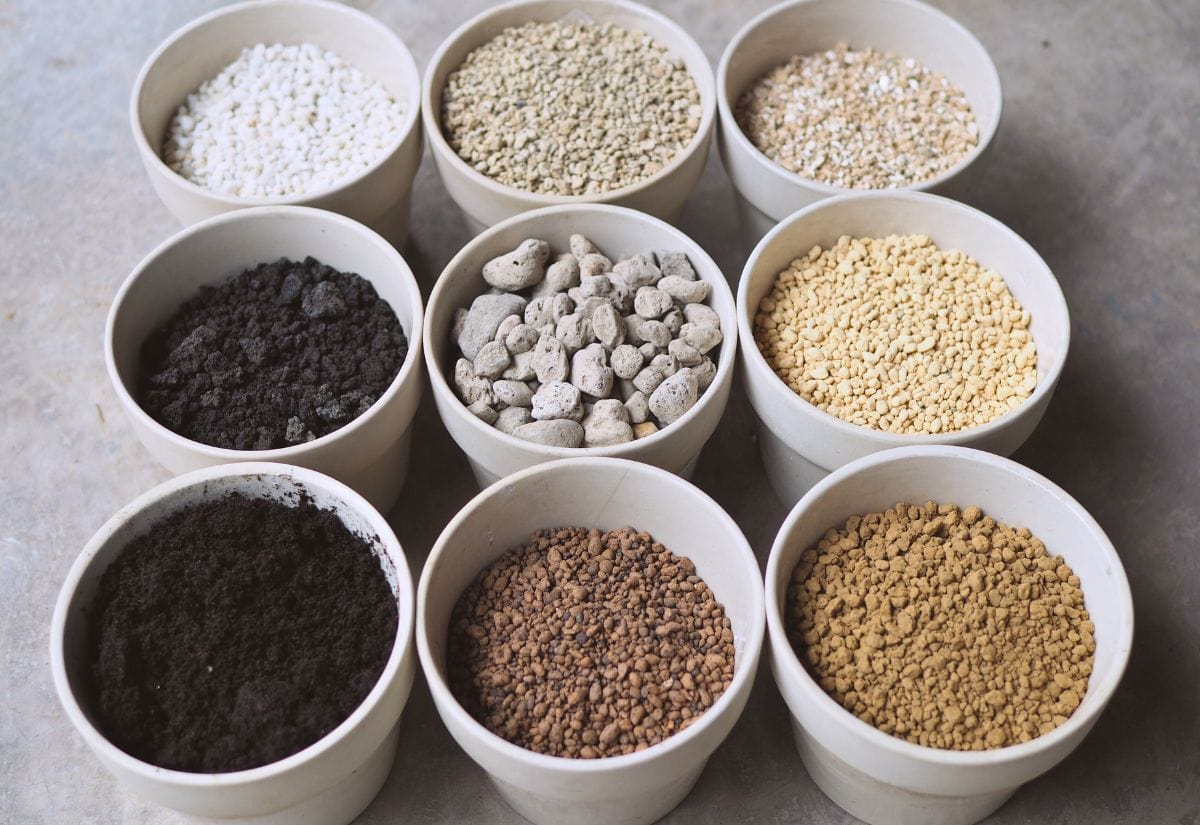
Ever felt like your garden, despite all your hard work, isn’t reaching its fullest potential?
Let’s face it: No soil is ‘perfect’, but we can always enhance it, particularly when we aim for a bountiful harvest.
To enhance the performance of our garden, incorporating soil amendments is key. Soil amendments aim to create a more favorable environment for root systems, leading to robust plant growth. By introducing these amendments, we can significantly improve the soil’s texture, its ability to retain water, and its fertility.
Moreover, these additions play a pivotal role in bolstering the overall health of our garden soil in numerous aspects.
Soil amendments can be organic or inorganic. Organic amendments originate from living organisms and include compost, manure, peat moss, and leaf mold. Inorganic amendments, on the other hand, are either mined or man-made and include vermiculite, perlite, sand, lime, and even the residue from our morning coffee.
But when we zero in on vegetable gardens, which soil amendments stand out as the best? While you can use any organic amendment in vegetable gardens, sometimes choosing one over another makes more strategic sense.
Let’s explore how soil amendments benefit the garden, learn how to apply them effectively, and identify the best amendments for vegetable gardens, highlighting the unique advantages of each.
What Is A Soil Amendment
A soil amendment is a material incorporated into the soil to enhance its physical attributes, including its structure, porosity, water-holding capability, and drainage. Essentially, they are organic substances introduced to our garden to enrich the soil qualitatively. Generally, soil amendments are classified into three distinct categories:
How Soil Amendments Can Improve Your Garden?
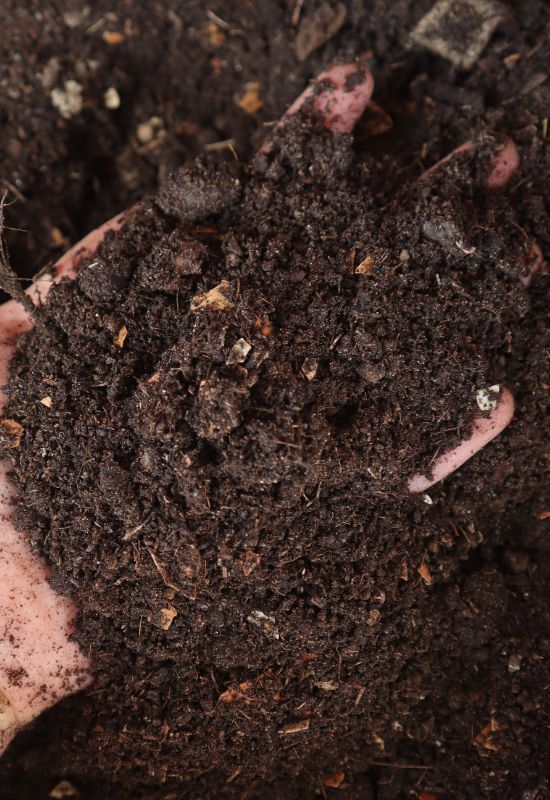
Plants use what is in the soil to grow, so every time we harvest a vegetable, we are taking these nutrients or other qualities away from our gardens. Soil amendments are our way to put good things back into the soil and build it up again.
Gardeners add soil amendments to:
Is Fertilizer A Soil Amendment?
Though the terms are often used interchangeably, fertilizers are not soil amendments. While they do provide fertility, they do not add fertility to the soil but rather feed the plant directly. Applications of fertilizers are a quick-fix that does not improve the soil in the long term.
Factors To Consider When Choosing Amendments
Before you add any amendment to your garden, it is important to know what your garden is lacking so you know what you can add that will have the most positive effect.
Here are a few things to check before amending:
The best way to tell your soil type is to dig a hole. You will be able to see the different layers of the soil and what they are each made of.
You can also put a scoop of soil in a jar with water, give it a good shake and let it sit for a few days. The different soil types will settle together in layers so you can see the composition clearly.
Once you know what your soil is like, you can set about choosing the best amendment for your garden.
Make Or Buy?
You can make some soil amendments yourself, while others can be purchased at the store and there are advantages to both.
Making your own soil amendments is usually free though it requires more work. On the whole, you will get a far better soil amendment if you make it yourself.
You can buy many amendments in small bags or buy bulk quantities if you need a lot.
Always make sure to read packages carefully before you buy because what two companies might label as the same thing can have very different components and thus have a very different impact on your garden.
You can also have the best of both worlds: buy a few products that complement your own for an improved result. You can buy manure from a local horse stable to mix into your own compost heap that you made from garden residue or sprinkle in a handful of greensand when you add your leaf mold.
Top 11 Soil Amendments for a Thriving Organic Garden
A soil amendment can be any natural matter that you put into your garden. However, some are better than others, so here are the top 11 soil amendments you can add to your garden:
1. Compost

Compost is probably the best soil amendment you can add to your garden. To paraphrase the Prince of Wales, compost is everything a healthy garden needs because it is made from everything from the garden.
Compost is where plant matter or animal manure are mixed together so they decompose into a rich, sweet smell soil amendment called humus. Not only does compost add nutrients and fertility to the garden, but also aerates the soil, improves its texture, aids moisture retention and drainage, encourages earthworms and other organisms, and overall creates a healthy growing environment for your plants. There are no downsides to adding well rotted compost to your garden.
When To Use
Compost is a fully decomposed product that can be applied directly around your plants and you can add compost to your garden at any time of the year. However, adding it in spring is usually the most advantageous because the benefits of the compost are immediately available to the plants as they start growing.
How To Use
There are lots of ways you can add compost to your garden. You can dig it in, use it as a mulch, bury it in a trench, or sprinkle it around your plants.
One of the best ways to use compost is to spread a 2cm to 3cm (1 inch) layer of finished compost on top of the soil every year. This replicates the natural process of leaves and other organic matter that falls to the ground and decomposes.
This seemingly thin layer is more than enough to replace any nutrients lost during the growing season while still improving and building the soil.
If your soil is poor and needs a lot of help then you can start by incorporating7cm (3 inches) in the topsoil the first year or two, and then applying the yearly rate mentioned above.
2. Manure
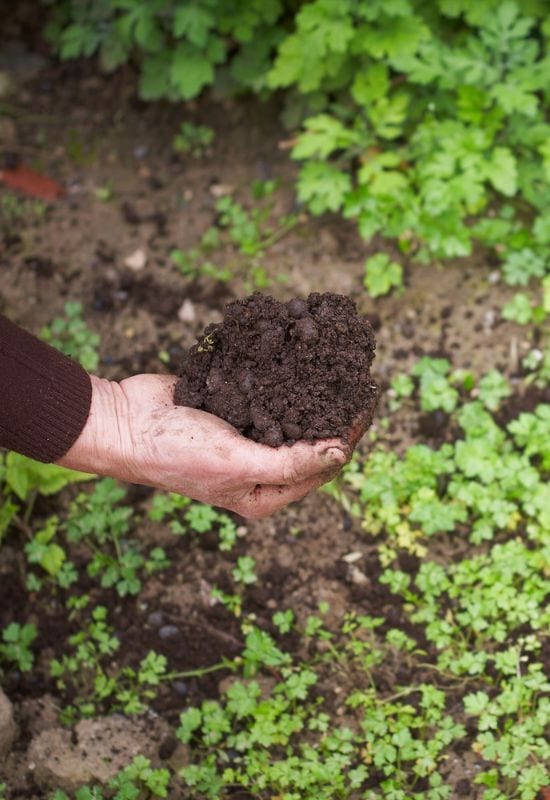
Animal manure is a very healthy amendment for your garden. You can buy it bagged from the store, or straight from a farmer or equestrian centre, and it is also even worth raising a few animals of your own just for the immense benefit their poop will have for your vegetables.
Another advantage of having your own animals is that you know their manure will be free from contaminants. If you buy from a farmer, find an organic source that does not use herbicides or pesticides. Many of these chemicals will survive through the intense digestive system of the animals and can poison your garden where their negative effects will be felt for years.
It is also important to know where the manure comes from to make sure it is ethically raised. For example, most bagged manure will come from feedlots which are a horrific blight on agriculture and animal welfare.
Good quality manure will provide lots of nutrients, particularly nitrogen, to your growing crops and will also build and improve the soil.
You can get manure from many different animals including:
Manure, especially raw manure, has to be handled with care. All raw manure has the potential to contain pathogens that contaminate the soil and can transfer to your vegetables and pose a threat to you and your family.
When To Use
Always apply raw manure at least 120 days before planting vegetables. This will give the pathogens, such as e coli, a chance to die so they won’t contaminate your crop. Apply raw manure in the fall. Most manure is also very high in nitrogen which can burn plants.
Well-rotted manure can be spread early in the spring before your crops are planted. If you are using bagged manure, make sure to follow the application directions on the packaging.
How To Use
Manure can be spread directly on the garden or tilled into the soil. You can also add it to your compost bin as a nitrogen component.
3. Coffee Grounds
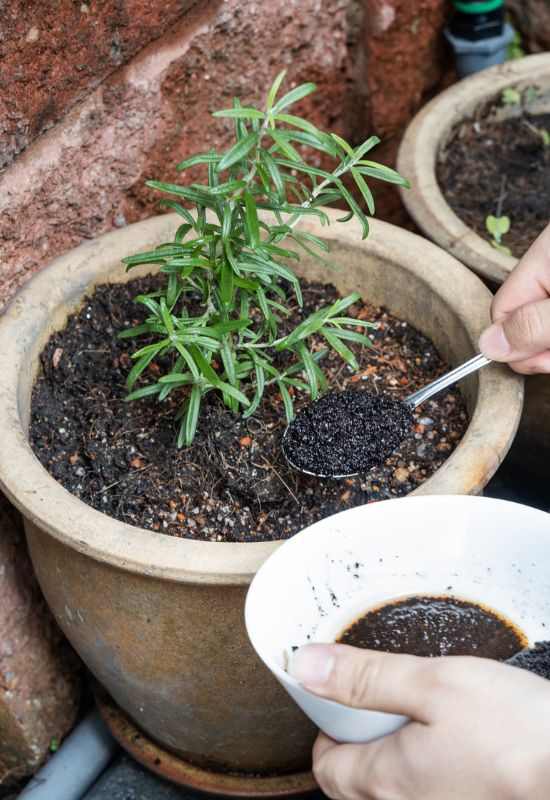
There is a lot of disagreement about whether coffee grounds should or should not be used in the garden. If used in small quantities, it can be a really great soil amendment.
After your morning coffee, the grounds can be used as a soil amendment.
They add nutrients, organic matter, feed worms, repel slugs and snails (when put on the soil surface), slowly modify soil pH, decrease weeds, and improve water holding capacities of the soil.
There is a potential downside of coffee grounds in the vegetable garden, however. Some research has shown that certain vegetables like radishes, broccoli, leeks, and sunflowers grew poorly when coffee grounds were added to the soil.
If you are unsure about whether coffee grounds are good or not, add them to your compost to eliminate any potential problems without letting that good organic matter go to waste.
When To Use:
Coffee grounds can be added to the garden at any time throughout the year.
How To Use:
Coffee grounds be added to your compost, made into a coffee ‘tea’, dug in, or sprinkled on the surface of the soil. Coffee grounds do not work well as a mulch since a thick layer can create a water-resistant barrier.
Coffee grounds are slightly acidic, so add them judiciously or they can raise the pH too much.
4. Biochar
Biochar is organic material that has been burned, essentially turning it into char. Biochar is high in nitrogen and carbon. It also really improves the drainage of the soil. Really good quality biochar will have a fairly neutral pH, but most of the stuff available is quite alkaline so it should be used with caution and only after a soil test.
Due to its high alkalinity, do not sprinkle it near acid-loving plants such as blueberries.
It is similar to adding wood ash from your fireplace, but biochar is more concentrated and often more effective at providing the same results.
When To Use:
Biochar is generally applied a few weeks prior to planting in the spring so it has time to mix in the soil and have its benefits available to the crop.
It can be added in the fall, but the results will be slightly diluted come planting time.
How To Use:
Sprinkle biochar directly onto the soil surface, or lightly rake it in.
On average, add biochar to your soil at a ratio of 1:10. Different products might have different concentrations, so follow the package directions for the best results.
5. Leaves And Leaf Mold
Every year, leaves fall all around us. Most of the time, these leaves are raked into piles and carted away, and little do we realize that we are wantonly removing one of the greatest (and free) soil amendments we can give to our gardens. Leaves can be added directly to your garden, or they can be turned into leaf mold.
When added to your garden, leaves build the soil, improve the structure, provide nutrients, attract earthworms, retain water, reduce erosion, smother weeds, and insulate the soil.
Leaf mold is decomposed leaves.
Leaf mold is the best, and most natural, replacement for peat moss, and it does wonders for your garden. To learn how to make leaf mold, and more information about using leaves as a soil amendment, check out this article here.
When To Use:
Leaves are generally best applied in the fall since this is when they naturally fall from the trees. They will break down over the winter and your garden will be ready to go in the spring.
Leaf mold is best applied in the spring so the plants can use it right away.
How To Use:
There are a number of ways to use leaves in your garden. They can be mulched or added to compost piles. Leaves can be tilled into the soil but beware the leaves decompose with nitrifying bacteria, meaning their decomposition will remove nitrogen from the soil.
It is usually a good idea to shred the leaves first to keep them from matting, and they will also break down faster.
Apply leaf mold as a top dress, or mulch around your vegetables.
6. Sand

We usually think of sand as a type of soil. However, it can be a very valuable soil amendment.
The ‘perfect’ soil is usually a balance between silt (40%), clay (20%), and sand (40%), plus lots of organic matter. If these proportions are out of balance in your soil, then adding sand might be the thing it needs.
Sand is beneficial because it improves drainage, allows air among the roots, and helps warm up the soil. However, you do not want to add too much because few plants will grow in pure sand.
It is important to know that sand on its own will NOT improve clay soils. In fact, mixing sand directly into clay soil will actually make the soil harder and more compact.
Sand is also a commonly used component of homemade potting soil.
When To Use:
Sand is generally best added to the garden in the fall after all your vegetables and crops have been harvested. At this time, the sand will mix itself into the garden over the winter and your garden will be ready to plant earlier in the spring.
How To Use:
How much sand to add will depend on the current composition of your soil. A simple way to check what your garden is made of is to half fill a glass jar with soil, fill the jar ¾ full of water, then shake vigorously. After a few days, all the different components (sand, silt, clay, organic matter) will settle into distinct layers. You can then determine how much, or how little, sand you need to add.
Mix the sand into the top 6 inches of topsoil. Since most vegetables have shallow roots, this should provide an adequate depth of loosened soil for the plants to grow in.
7. Greensand
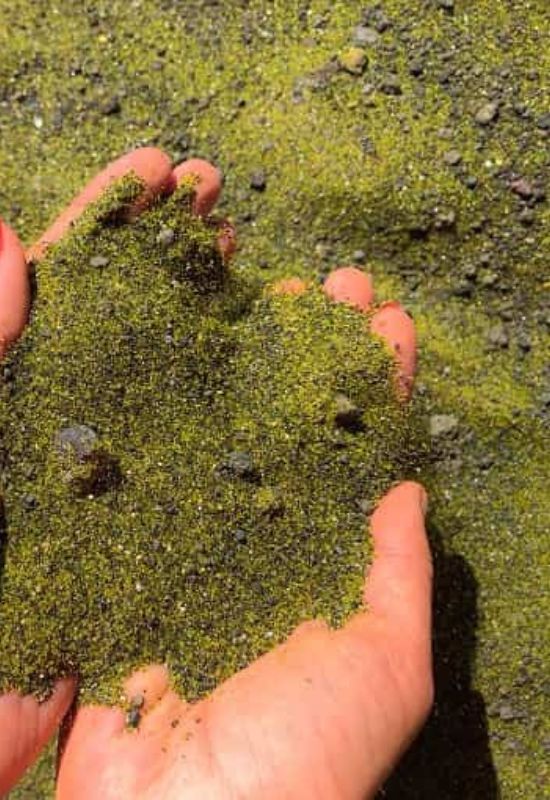
Greensand is a very special sand. It is an ancient seashore deposit that improves all types of soil. Unlike ‘regular’ sand, greensand will loosen clay or bind sand together, while releasing over 30 different nutrients into the soil. Greensand can hold up to three times its weight in water in the soil, as well as holding nutrients making your soil extremely fertile.
When To Use:
Greensand is best applied in the spring so the nutrients it provides are readily available to the new growing vegetables.
How To Use:
Apply greensand to your garden at a rate of approximately 250g to 500g per square meter (0.5-1lbs/10 sq ft), or follow the application instructions on the packaging.
Greensand is usually best lightly incorporated into the topsoil.
8. Clay
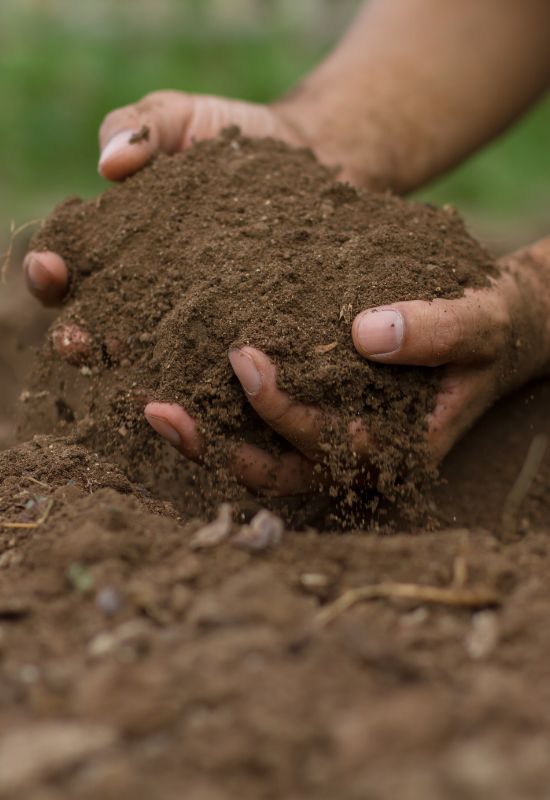
Many gardeners fight against the dreaded clay that lies buried under our topsoil, but clay can make a wonderful garden amendment. Clay can be very fertile, and it will also improve water retention, and help protect your soil from erosion.
Old European agriculture practices included spreading clay in large quantities over the fields every few years to improve the quality of the land and the yield of the crops.
When To Use
Add clay to your garden in the fall after harvest. Over winter, the frost and freezing will help break up any clumps that remain, so it will be ready to cultivate in the spring.
How To Use:
Spread roughly 1kg to 3kg per square meter (2-7 lbs / 10 sq ft) of clay onto your garden.
Mix clay into the top 15 cm (6 inches) or so of your garden as needed. You can work it in deeper if needed, but be careful not to disturb the delicate soil layers any more than you have to.
9. Lime
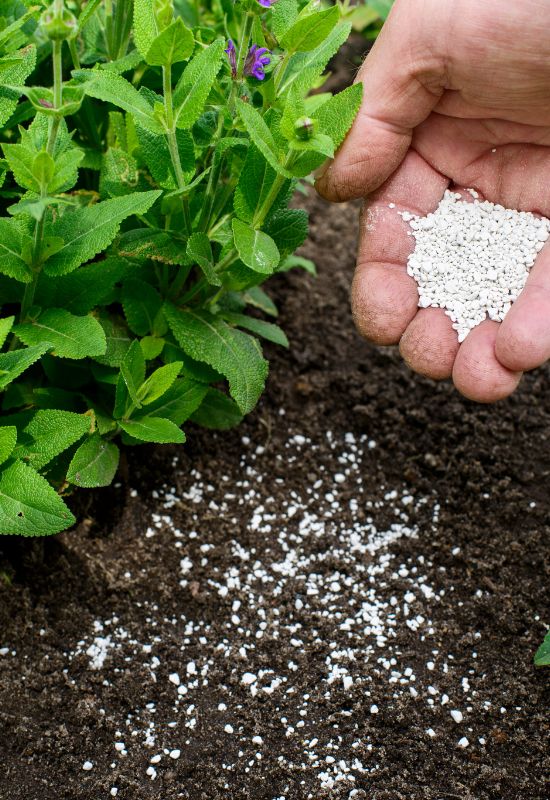
Lime has many benefits as a soil amendment, and its qualities have been well known in agriculture since antiquity. Lime will improve acidic soil, make nutrients more readily absorbable for the plants, improve soil structure (particularly in clay soils), and add countless trace minerals.
There are many different types of lime such as limestone, quicklime, hydrated lime, dolomite lime, and gypsum, depending on the exact needs of your soil, or you can use wood ash or calcified seaweed for similar results.
When To Use:
Lime can be applied in the fall or the spring. Fall liming allows the lime to fully break down and integrate into the soil. Spring liming is good because it will have more impact on the current growing year because it won’t be washed away over the winter.
On the whole, lime need only be applied to the garden every three years as frequent applications can make your soil too alkaline.
How To Use:
It is important to test your soil first so you know just how much lime to apply. How much lime to apply will vary greatly depending on your soil type and which lime product you are using, so follow the application rates recommended by the manufacturer.
As a general guideline, sprinkle 2 tons of lime per acre of garden and incorporate it lightly into the top few inches of soil.
Lime can be caustic so make sure to use caution and wear proper PPE when applying it.
10. Kelp Meal
If you live near the ocean, you can gather seaweed along the beach (regulations permitting) and add them to your garden or your compost. Kelp contains lots of micro and macronutrients and it has also been found to improve the overall health of the plants.
The rest of us have to be content buying bags of pulverized kelp from ag canters, pelletized kelp meal or liquid kelp from garden canters. No matter where you source it from, kelp meal is an extremely beneficial soil amendment.
When To Use:
Kelp can be added to your garden at any time. Raw manure should be applied a few weeks prior to plants to give it time to decompose and thoroughly mix with the soil.
How To Use:
Raw kelp can be chopped up and incorporated into the compost or soil. If you are using purchased kelp, make sure to follow the application instructions on the package.
11. Alfalfa Meal
As a soil amendment, alfalfa meal will add lots of nitrogen and potassium. It also converts soil nutrients into forms that are more easily used by the plants. It also encourages the growth and vitality of seedlings.
When To Use:
Alfalfa meal can be applied throughout the growing season to build the soil. It can also be used as an organic fertilizer if your vegetables are nitrogen depleted.
How To Use:
Most alfalfa meal can be applied at a rate of 5 kg to 10kg per 10 square meters (11-22lbs/10 sq ft), but follow the application rates on the package for best results.
Amendments To Avoid (Ethical And Environmental Reasons)
Peat Moss
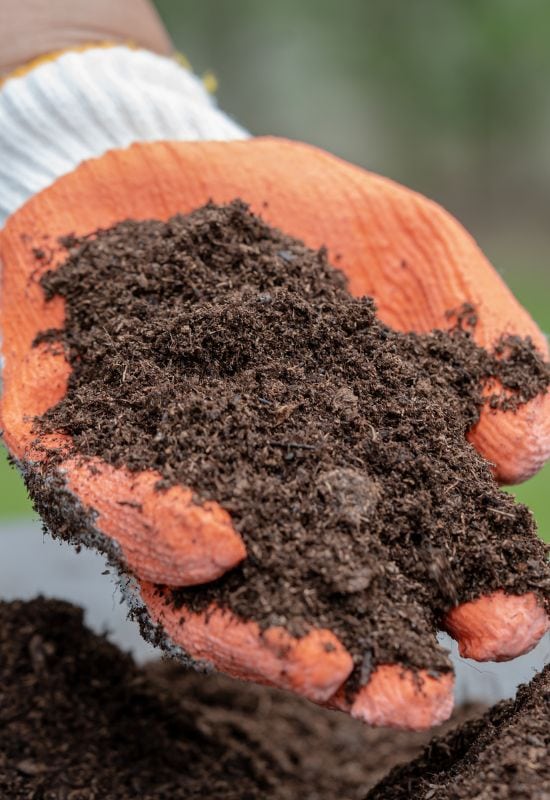
Peat moss is often hailed as one of the best soil amendments for the garden. However, the harvesting of peat moss is destroying an irreplaceable ecosystem on the planet. Not only that, it has been found to contribute to global warming.
Most peat moss companies claim that they harvest sustainably and replace the peat moss faster than they use it, but these claims will not make up for the environmental damage being done by harvesting peat moss.
Two eco-friendly alternatives to peat moss are leaf mold and coconut coir (mentioned above).
Black Earth
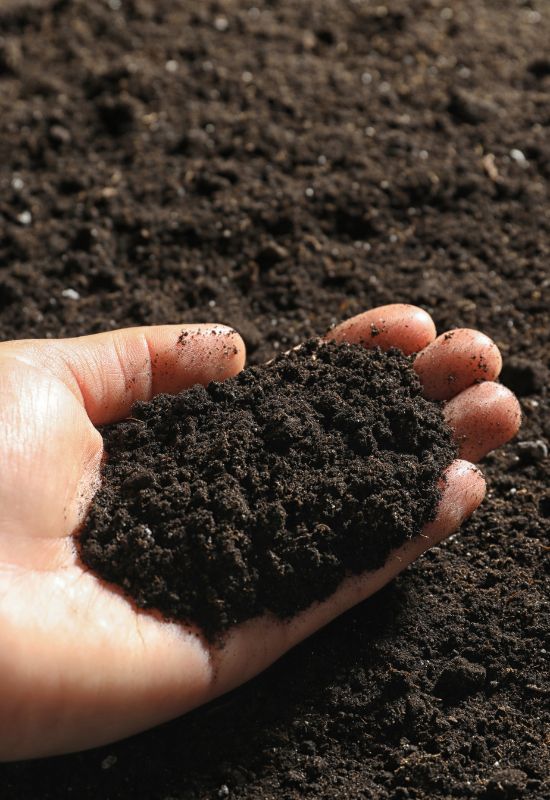
Real black earth, called chernozem, is a type of soil that is a very natural and highly nutritious soil amendment. However, the stuff that is usually labeled ‘black earth’ is really a black-colored peat that is the underlayer of peat moss.
This second layer of peat has no nutritional value for the garden and does even further damage to the earth than peat moss.
Bat Guano
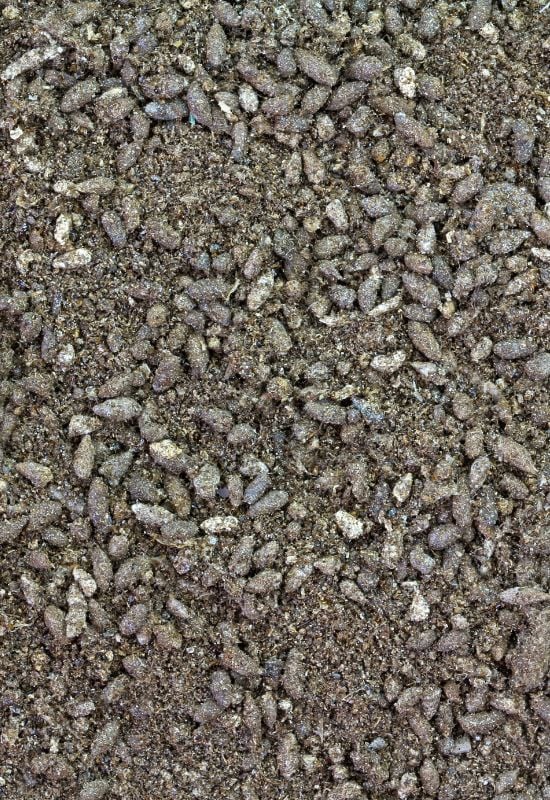
Bat guano can have a lot of benefits to your garden. However, it usually comes with a serious environmental cost. The harvesting of bat poop can cause serious damage to the mammals’ natural habitat and endanger an already threatened species.
Many countries claim bat guano harvesters must follow strict guidelines to protect the bats, and some companies state they only harvest ethically, but you have to be very careful about where you source the guano. If in doubt, it is better to avoid it altogether.
Conclusion
As responsible gardeners, it is our job to make the land we cultivate better every year. We cannot take from the earth with impunity, and adding natural amendments to our soil is the best way we can add health and fertility back to the ground.
The ideas above are simple that even the most beginner gardener can utilize with great success. How nature works is a complicated process that requires detailed scientific understanding, but the process is as simple as putting nature back into nature.
Good luck amending your soil and watching your vegetables thrive.

Written By
Amber Noyes
Amber Noyes was born and raised in a suburban California town, San Mateo. She holds a master’s degree in horticulture from the University of California as well as a BS in Biology from the University of San Francisco. With experience working on an organic farm, water conservation research, farmers’ markets, and plant nursery, she understands what makes plants thrive and how we can better understand the connection between microclimate and plant health. When she’s not on the land, Amber loves informing people of new ideas/things related to gardening, especially organic gardening, houseplants, and growing plants in a small space.


